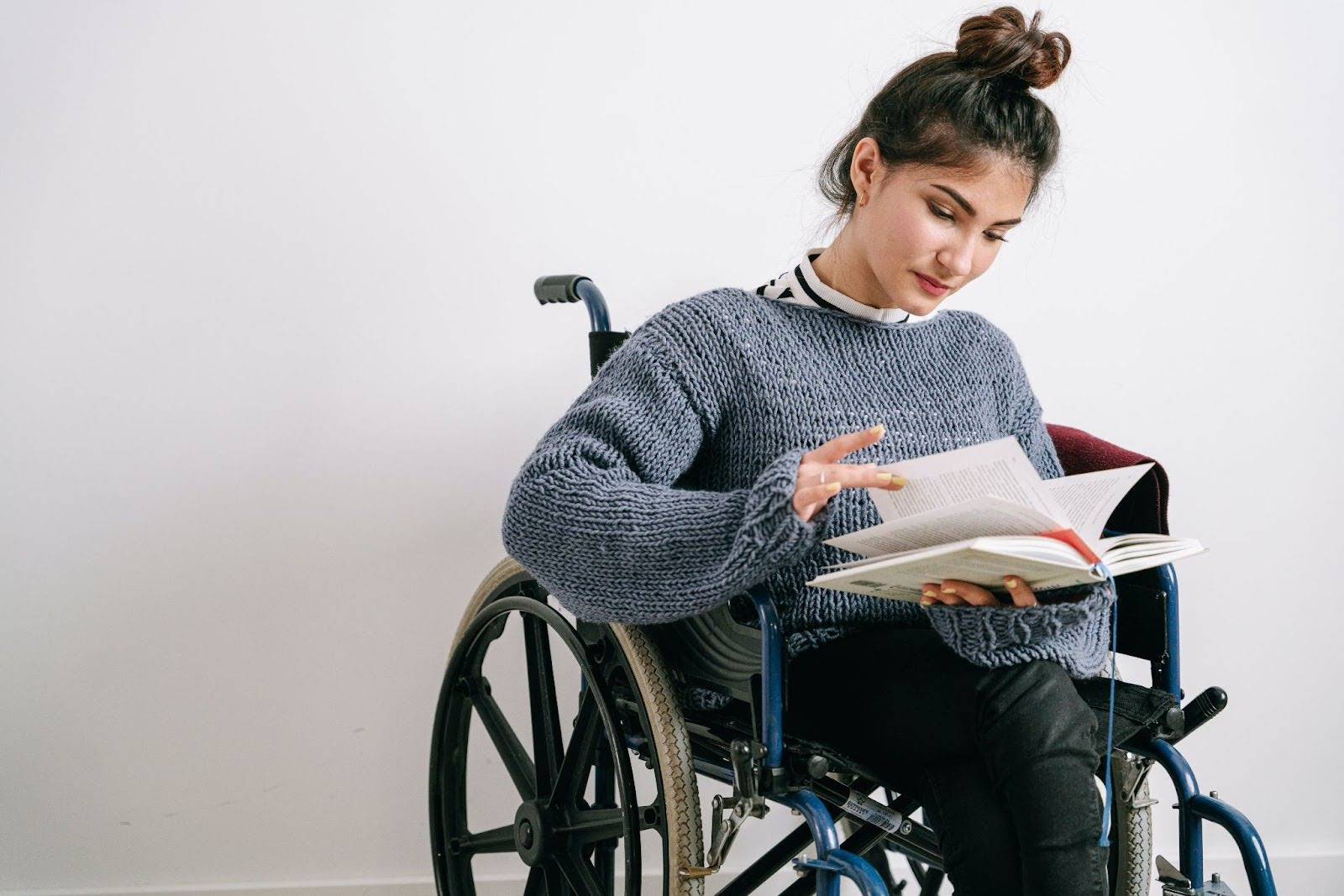People have been using personal mobility devices to help themselves get around for centuries. But the path to where we’re at now hasn’t been easy. Mobility aids have evolved from simple walking sticks to smart technology that can practically read our minds.
A glance into the past sheds some light on what’s to come. It also shows personal mobility devices come in all shapes and sizes, but that doesn’t make them any less valid.
What Are Personal Mobility Devices?
A personal mobility device (or personal mobility aid) helps people get around safely. Older adults and people with disabilities use them most frequently, but anyone can use them.
The Americans with Disabilities Act (ADA) outlines some definitions of personal mobility devices (PMDs). These shape how businesses and governments must treat those who use them. PMDs are legally protected pieces of assistive technology, so you can’t be discriminated against because you use them.
To be protected by the ADA, a device must fall into one of two main categories:
- Wheelchairs (manual or power-driven) and manually powered devices. These devices are specifically designed to help people get around.
- Other powered options. This category includes any mobility device powered by battery, fuel, or engine. The devices don’t have to be designed to help people with disabilities get around.
Personal Mobility Aid Examples
Personal mobility devices vary widely in their design and function. Some of the most common examples of mobility aids today include:
- Walkers
- Canes
- Braces
- Crutches
- Wheelchairs
- Scooters
- Stairlifts
While they’re not as accessible or common, other powered options can help people navigate spaces safely, including:
- Golf carts
- Segways®
- ATVs
- Elevators
Requirements for Personal Mobility Aids
Since many personal mobility devices are protected by the ADA, businesses must allow people who use them into all areas where others can go. People with disabilities who use a golf cart or similar device must also be granted access. The only exception to these rules is if the business can show the device can’t be safely used in the facility.
A Look at the History of Mobility Aids
Personal mobility aids are essential for many people with disabilities. They help those who need them explore the world. They also ensure people with disabilities can live independently. Recognizing their importance leads us to consider what new changes we can make to mobility aids that help even more people.
But to figure out where to take these devices next, we have to look behind us. The history of mobility aids is rich. It helps us understand how and why we must make them accessible to all.
Before there were the mobility aids of today, there were rudimentary alternatives. Simple walking sticks and crutches were the first ancestors of today’s tech. But in the medieval time periods when they emerged, they were reserved for the rich and elite.
Wheeled furniture helped transport people in many ancient civilizations, including people with disabilities. Later on, King Phillip of Spain II used a chair with wheels to get around. But it wasn’t until 1655 that the first self-propelled wheelchair came to be.
The history of wheelchairs was only beginning. Early chairs were also seen as a luxury for the wealthy. It took until 1930 for mass-produced wheelchairs to hit the market, but they took off running.
By the 1960s, athletes with disabilities began searching for ways to make their devices lighter and easier to use. Finally, the Disability Rights Movement brought increased attention to mobility devices like wheelchairs and solidified their place in our world.
The Evolution of Personal Mobility Devices
.jpg?width=860&height=573&name=unnamed%20(27).jpg)
Today, people with disabilities of all kinds can rely on mobility aids with sophisticated features. Our modern personal mobility devices are also customizable. Updates like adjustable footrests and programmable controls give people with disabilities more power over how they get around.
Now, the focus is not on how to make mobility devices a possibility. The question is how to bring them into the technology age. Research into robotics and intelligent mobility aids is already ongoing. Tomorrow’s devices might include self-navigating wheelchairs and devices that can adapt to different terrains.
Discover More Disability Resources & Services
No matter what’s in store for new mobility aids, we’re certain the future is bright. At NeuroNav, we’re passionate about sharing key pieces of disability history to help more people understand their rights and themselves. Check out our other disability resources for more.
We work with those participating in the California Self-Determination Program by helping them connect with the resources, services, and support they deserve. If you’re involved in the Self-Determination Program or are interested in learning more about it, contact us today.




